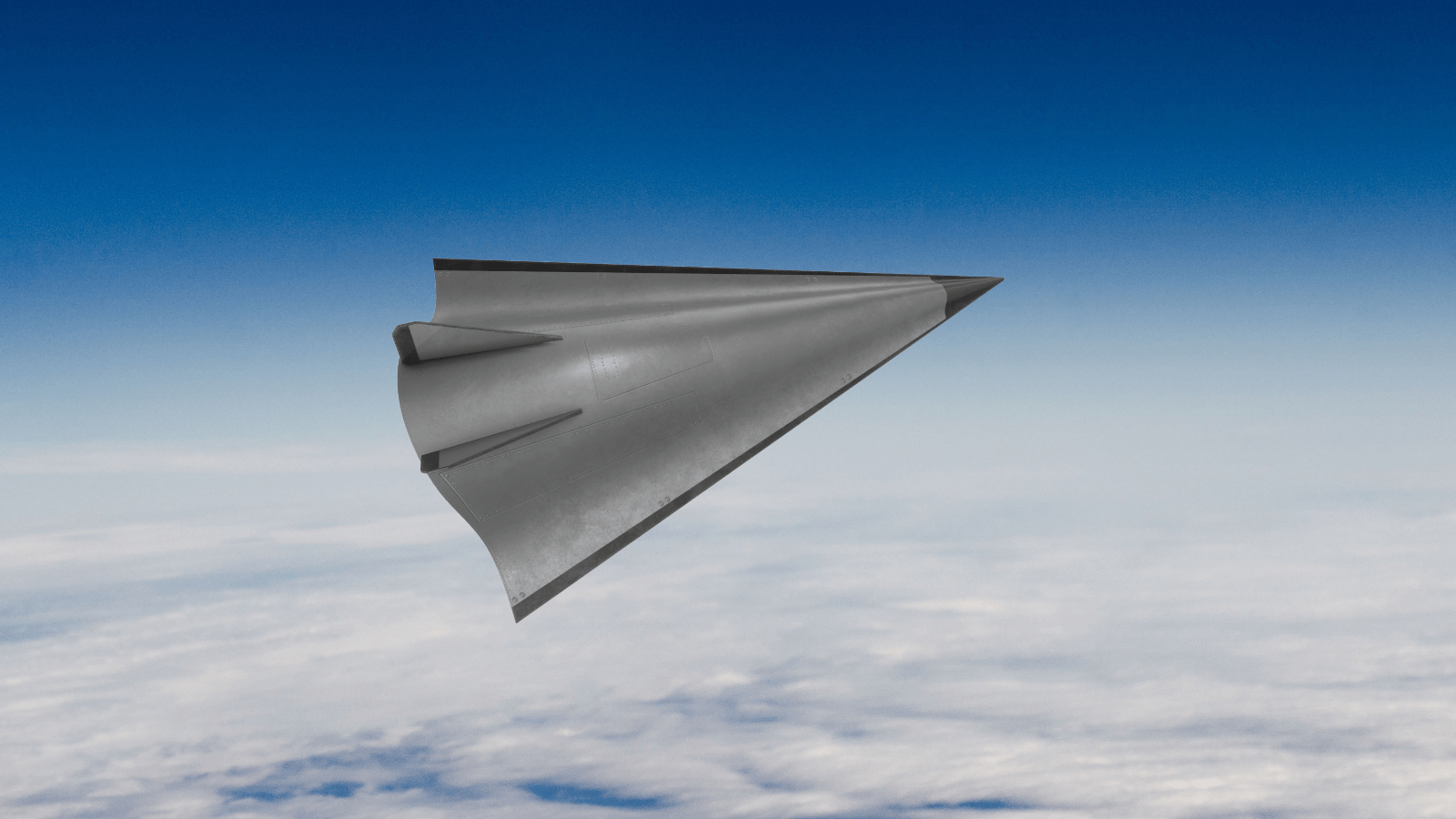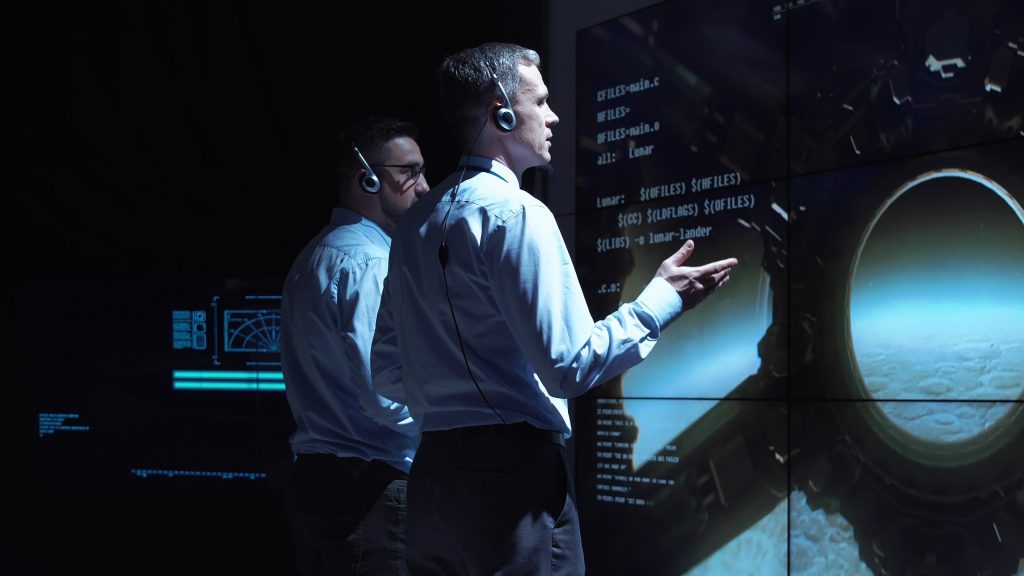Propelling Hypersonic Innovation Forward
The Multi-Service Advanced Capability Hypersonics Test Bed (MACH-TB) and MACH-TB 2.0 programs are providing affordable, high-cadence hypersonic testing of new technologies to the modern U.S. warfighter.
The Challenge: Increasing the Pace of Hypersonics Testing
The United States Department of War (DoW) had an urgent need to rapidly prototype and test hypersonic technology in order to compete with adversaries. Hypersonic capabilities are crucial for maintaining technical dominance in defense, especially as the hypersonic race intensifies. This called for the creation of an experimental glide body that validates the performance of hypersonic glide body components.

Tapping into Innovation with the S²MARTS OTA
TRMC created MACH-TB, and subsequently, MACH-TB 2.0 to bolster various DoW initiatives related to hypersonic technology. The solution and end state goal are to accelerate technology and subsystem development and testing, design a modular software/hardware/interface test bed architecture, and leverage existing booster systems to enable the EGB to replicate operational or modified hypersonic trajectories.
The Strategic & Spectrum Missions Advanced Resilient Trusted Systems (S²MARTS) OTA, managed by National Security Technology Accelerator (NSTXL), was the only acquisition pathway with the speed and flexibility to deliver on mission success. Backed by a network of over 19K innovators, S²MARTS provided TRMC with instant access to the nation’s leading hypersonics experts, enabling prototypes to be contracted in under 120 days—a fraction of the time compared to traditional contracting.
“Demonstrating the reuse of fully recoverable hypersonic test vehicles is an important milestone for MACH-TB. Lessons learned from this test campaign will help us reduce vehicle turnaround time from months down to weeks.”
George Rumford, Director of the Department of War Test Resource Management Center
“This award marks an important milestone in advancing the nation’s hypersonics testing ecosystem. By expanding into reusable and recoverable flight test solutions, MACH-TB 2.0 is enabling faster, more affordable, and data-rich testing that will accelerate innovation across the hypersonics community.”
Tony Kestranek, VP of S²MARTS at NSTXL
In March 2025, Stratolaunch announced the successful completion of its second hypersonic flight and recovery of the Talon-A2 vehicle. This follows their initial successful hypersonic flight in December 2024, confirming the vehicle’s reusability. During this second flight, the Talon-A2 exceeded Mach 5 for the second time, surpassing the speed of its previous flight.

Our proven fail-fast model brings critical prototypes to market at the speed of mission.
Traditionally, new technologies must wait for full-scale hypersonic weapon system demonstration flight tests to demonstrate an operational Technology Readiness Level (TRL). However, the very few currently planned weapon system flight tests are costly, complex, and require long-term planning. This traditional approach is hindering the rapid testing and transition of hypersonic technologies necessary to remain responsive to threats.
At NSTXL, we stand at the forefront of hypersonic innovation, leveraging our expertise and partnerships to cut through bureaucratic red tape to expedite testing. Through Other Transaction Authority (OTA) agreements like S²MARTS, we accelerate innovation by collaborating with government agencies, research institutions, and industry partners to accelerate the development of next-generation hypersonic systems.
SpinLaunch successfully networked and partnered with Dynetics, becoming a performer on MACH-TB through the S²MARTS OTA.
Michael Maxwell from SpinLaunch speaks on his experience as a small start-up company new to the OTA space.
Hypersonics Stories

May 15, 2022
Hypersonics research and development is happening right here in southern Indiana. More than 300 Hoosiers—engineers and scientists—are working non-stop at Naval Surface Warfare Center, Crane Division to increase U.S. hypersonic capability.

August 5, 2021
As emerging technologies enter the market, it’s imperative to stay up to date on the latest trends the Department of Defense is focused on. Currently making waves across the defense innovation space: hypersonics. So what is a hypersonic weapon?


